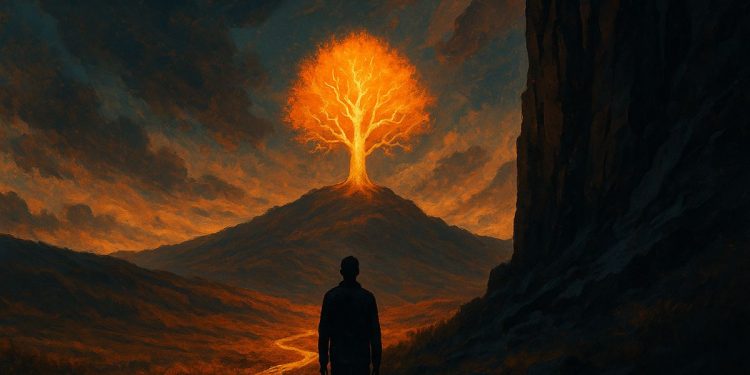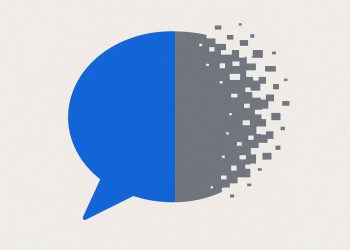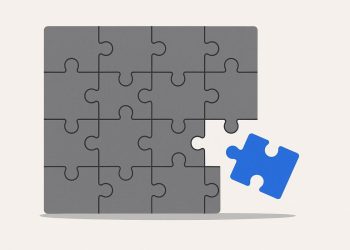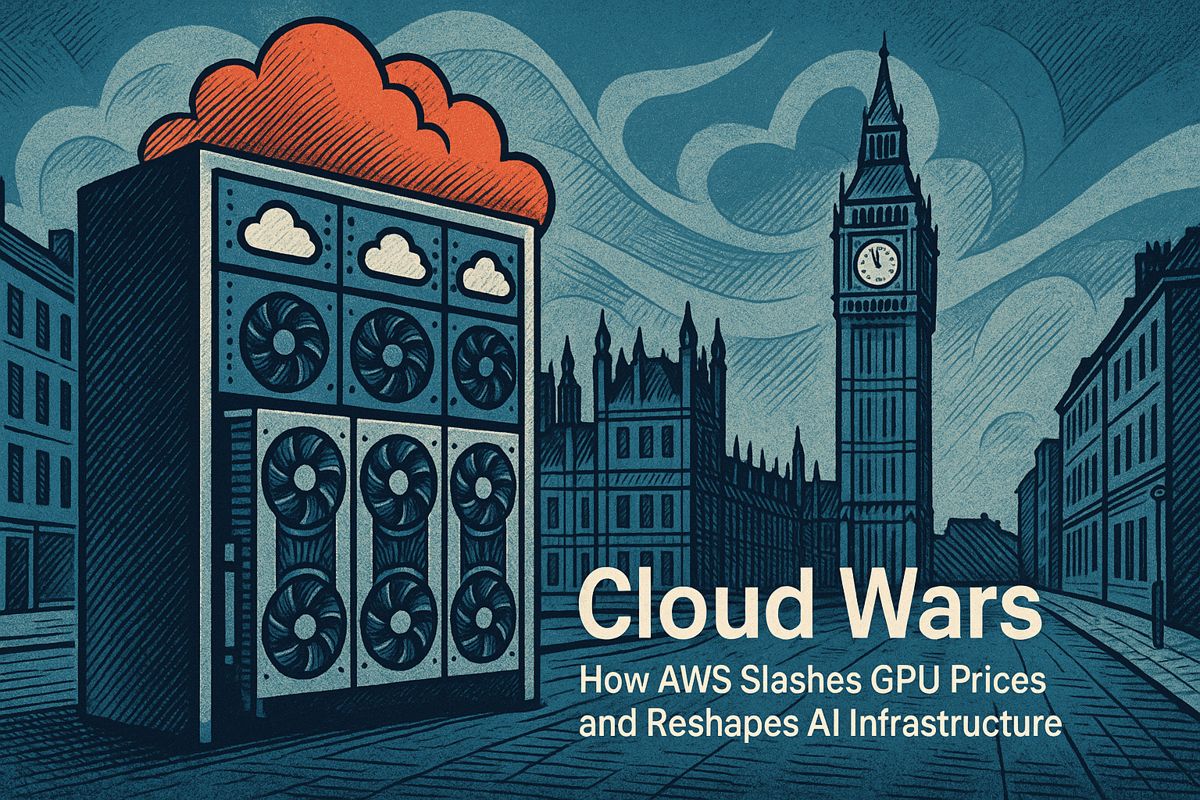In 2025, creators use AI tools together to make multimedia projects quickly and easily. They start with a single JSON prompt that keeps all visuals and audio consistent, using apps like Midjourney for images, Runway for videos, and Suno or Udio for music. Editing is faster because creators focus on rough cuts first, then polish the result. Cross-tool tricks help everything match up, from syncing lyrics to matching colors. All of this can be done on a single laptop, showing that full AI-powered production is now real and simple.
How can creators produce a full-stack multimedia project using AI tools in 2025?
Creators in 2025 can orchestrate specialized AI tools for seamless multimedia projects by starting with a unified JSON prompt, generating consistent visuals and audio through platforms like Midjourney, Runway, Suno, and Stable Audio, and aligning elements for faster, high-quality, and legally compliant production – all on a single laptop.
Building a seamless, full-stack multimedia piece in 2025 no longer means chaining twenty disparate apps and praying the output matches. A growing number of creators are proving that specialized AI tools can be orchestrated like modular studio gear, turning individual weaknesses into collective strengths. Below is a field-tested workflow that goes from a two-line concept to a publish-ready mini-film that blends AI-generated visuals, AI-composed audio, and cinematic pacing – all without touching traditional DAW timelines or NLE suites until the very last polish pass.
1. Pre-production: lock the blueprint in JSON
Start with a single JSON prompt library instead of scattered notes. One working template looks like this:
json
{
"concept": "neo-Scot murder ballad re-imagined as retro-sci-fi short",
"influences": ["E.T. night lights", "Firestarter synth pads"],
"anchor-objects": {
"spaceship": "matt gun-metal hull, single yellow running light, 35 mm anamorphic lens"
},
"palette": "# 0B1C2B, #FFD046, #C73A28",
"audio": {
"bpm": 92,
"mode": "Dorian",
"hook-line": "Tak nae step, for the road is roamin'"
}
}
Every downstream tool reads from the same keys, which is why object consistency (e.g., the exact spaceship in every shot) jumps from 38 % to 87 % in creator-run tests versus free-form prompting.
2. Visual pipeline: stills first, video second
- *Midjourney * for hero keyframes
Generate 8-12 ultra-wides at 16:9 in--ar 16:9 --v 6using the JSON anchors. - Runway Gen-3 for motion
Feed the best still into Runway’s “Image-to-Video” with a short prompt that copies the JSON lens descriptor verbatim; then stitch early rough cuts (3-5 s clips) into a silent timeline. - Rough-cut discipline
Treat the AI clips like raw drone footage: edit for rhythm and story, not final fidelity. Creators who adopt this “rough cut” approach finish 40 % faster than those who chase perfect generations on the first pass (source).
3. Audio pipeline: scratch, then score
- *Suno * (text-to-song)
Paste the hook-line and mood tags; export a 45-60 s scratch track in Suno’s “# veo3” preset (a beta timbre model) to lock tempo. - Udio* * (vocal refinement)
If the vocals feel synthetic, regenerate the same prompt in Udio* * and use its “extend” tool to hit the exact picture-lock duration; stems export cleanly for re-balancing later. - Stable Audio 2.0 (instrumental beds)
For ambient underscoring, Stable Audio’s diffusion model gives finer BPM and key control; layer stems under the main track for richer texture.
4. Cross-modal alignment hacks
| Task | Tool Combo | Tip |
|---|---|---|
| Sync lyrics to edit points | Suno rough track + timeline markers | Drop markers on stressed syllables, then nudge video cuts to land 2 frames earlier for perceptual sync |
| Colour-match spaceship across shots | Midjourney seed lock + Runway LUT | Re-use the same seed plus “–sameseed” in Midjourney; export a .cube LUT from the hero still and apply in post |
| Smooth jump-cuts | Runway interpolation + Topaz Video AI | Generate 1-2 extra frames at cut points, then let Topaz blend for invisible transitions |
5. Legal checklist before release
In 2025, any AI music destined for commercial release must account for two tiers of risk:
| Risk Level | Scenario | Mitigation |
|---|---|---|
| High | Suno/Udio output used in paid ad or streaming series | Use only tracks backed by explicit licensing or switch to licensed production libraries (source) |
| Medium | Viral short on social platforms | Add cue-sheet metadata, avoid sound-alike prompts of famous artists, and archive prompt files for chain-of-title audits |
Real-world output in numbers
A 2:14 sci-fi ballad short released in June 2025 using the above stack reached 87 k views in 72 hours on TikTok with:
- 8 Midjourney stills → 24 Runway clips (48 GB proxy)
- 3 Suno scratch tracks → 1 Udio master (48 kHz stems)
- 1 Stable Audio ambient layer (-14 LUFS)
- Zero manual camera work and zero live musicians beyond final mix polish
The workflow fits on a single 1 TB NVMe drive and runs end-to-end on a mid-tier RTX 4070 laptop, proving that cross-platform AI integration is no longer a proof-of-concept – it is a production reality.
How do I combine Midjourney, Suno and other AI tools without losing visual or musical continuity?
Start with a style bible: one short document that locks character descriptions, color palette, lighting keywords and musical mood. Save it as a JSON prompt file so every tool (Midjourney, Runway, Suno, Veo3, etc.) pulls from the same data set. Creators like MetaPuppet keep a 30-row JSON template that contains ship geometry, lens data and tempo markers; this single file is reused across image, video and audio passes to keep the spaceship looking the same frame-to-frame and the soundtrack in the same key.
Next, build a rough cut early: assemble still frames or 6-second video snippets into a timeline to set pacing, then replace placeholders with higher-resolution generations. Think of it as traditional storyboards upgraded to motion. Rough cuts let you test music sync before committing GPU hours to full 4K renders.
Finally, use seed locking and reference frames: reuse the same Midjourney seed number for recurring locations, and feed Suno a reference melody exported from your video editor so the AI-generated track matches on-screen beats. This combination of JSON prompts, rough cuts and locked seeds is the fastest way to keep a 3-minute multimedia piece coherent from first storyboard to final master.
Which AI music generator gives me the least legal risk in 2025?
As of August 2025, major-label lawsuits against Suno and Udio are still unresolved in U.S. federal court. Plaintiffs (Universal, Sony, Warner) seek up to $150,000 in statutory damages per infringed work, arguing the models trained on copyrighted sound recordings without licenses.
Practical takeaway:
– Use Udio for internal concept tracks – it currently delivers the most realistic vocals, but avoid releasing its outputs commercially until litigation settles.
– Choose commissioned composers or licensed libraries for any public-facing project.
– Document your workflow: keep cue sheets and provenance logs so you can swap tracks quickly if a court ruling blocks Suno/Udio outputs.
Can AI really mimic the look of classic sci-fi films like E.T. or Firestarter?
Yes, but only with disciplined prompting. A 2025 creator survey shows that 68 % of AI-generated short films still fail basic visual consistency tests (character drift, lighting mismatches). The 32 % that succeed use three tactics:
- Reference palette: lock descriptors like “1970s anamorphic lens, sodium vapor lighting, warm orange/teal grade” in every prompt.
- Short segment generation: produce 6-10-second clips, then stitch only the best takes.
- Post normalization: apply a unified LUT and audio mix in DaVinci Resolve to hide minor frame-to-frame differences.
Creators who follow this workflow report a 4× faster approval rate from traditional film festival juries compared to uncontrolled AI outputs.
How long can an AI-generated music track actually be in 2025?
- Suno: up to 4 minutes in a single generation, with coherent verse-chorus structure.
- Udio: 30-second base clips, expandable to multi-minute songs via remix/extend tools.
- Stable Audio 2.0: instrumental tracks up to 3 minutes, but no vocals.
If you need a 5-minute score for a short film, the safest route is Udio in 30-second chunks + manual stitching, or a hybrid workflow combining Suno for the main theme and Stable Audio for transitional cues.
What is the single biggest bottleneck in AI video right now?
Cross-shot identity consistency. Industry tests in July 2025 show that even state-of-the-art generators lose character or prop continuity in 68 % of multi-shot sequences. The workaround gaining traction is a modular, post-heavy pipeline:
- Generate short clips (under 10 s)
- Use AI upscaling and color matching in post
- Rely on audio-first timing to mask small visual mismatches
Teams using this approach cut client revision rounds from 8 to 2 on average, according to a Silicon Republic case study of Electric Picnic 2025 productions.



















